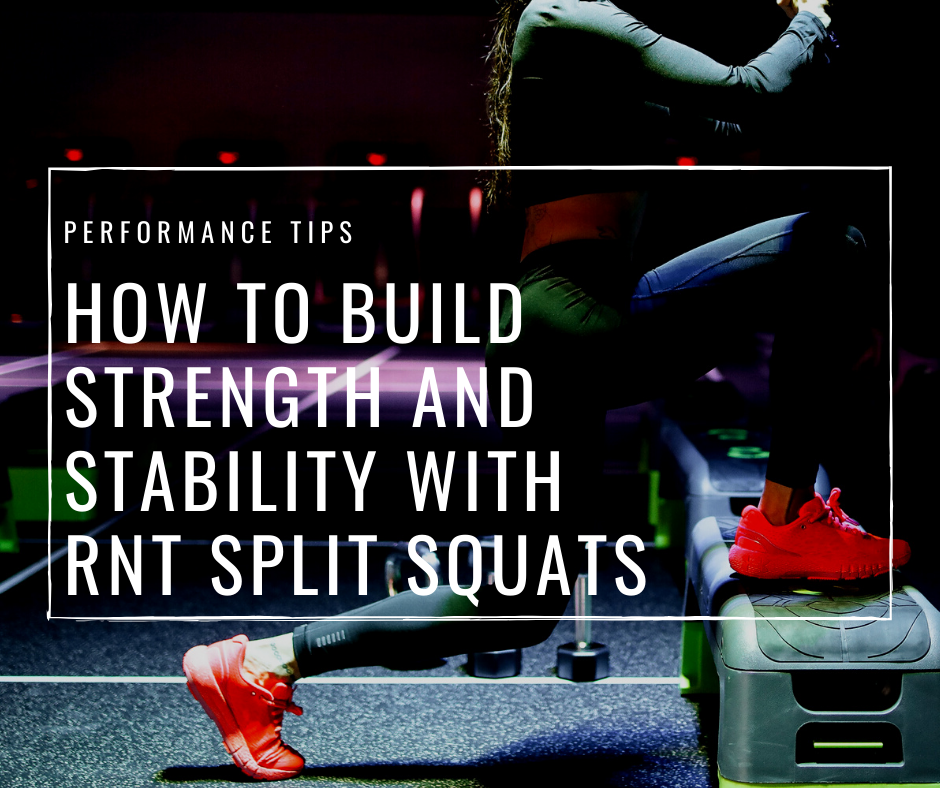VIDEO: Got Knee Pain After Squatting? Try These 4 Fixes
Do your knees hurt when you squat? If you have knee pain after squatting, these 4 fixes are for you. They're all effective techniques that YOU CAN DO YOURSELF to eliminate knee pain during squats.
I cover each point in this video, and I've also included a write-up below if you need more details.
1. Got knee pain after squatting? Master your TECHNIQUE FIRST
Most of the time I can resolve knee pain by improving squatting technique. Working with a knowledgeable coach is ideal, but as far as online learning, here's an excellent refresher on the basics of squatting and some effective drills you can practice. Go here and scroll down to the squat lessons. Watch each video and practice the drills.
Assuming you have the basics down, then you want to fine-tune some key details.
- Make sure you have the correct load ordering sequence (i.e. initiate with the hips first, not the knees). I cover this in the video above.
- Keep the shins relatively vertical. You may need to experiment with a slightly wider stance to make a vertical shin angle easier to obtain.
I have another video on this coming soon, so please subscribe to my Youtube channel to stay up to date.
2. Still have knee pain after squatting? WARM-UP PROPERLY
Your first objective is to get lost of blood flow into the muscles around your knees. Warming up on a stationary bike, rower, or airbike (airdyne, assault bike etc.) are great options. DO MORE THAN YOU THINK. One or two minutes of easy peddling isn't going to cut it. Get those muscles pumped with blood and get a sweat going.
Often time people are afraid of doing too much in their warm-up prior to a strength training session because they believe they'll tire themselves out. I'm not saying to run a marathon, but don't short cut this either. You can do more than you think without negatively affecting the rest of your workout.
After a general warm-up, I recommend doing some basic activation work. Do 2-3 sets of:
- Terminal Knee Extensions to failure
- Kneeling Lean Backs x10-15
- Any glute activation drill that works for you (i.e you can feel your glutes working and getting fatigued). For great glute training resources check out this and this.
- Any core activation drill that works well for you. Simple side planks, front planks or various loaded carries like this one are all easy starting points when done properly (check the videos for key details).
- Light Goblet Squats x10-15. Focus on every rep. Maintain maximum tension and perfect form. This is a chance to practice perfect reps before your main workout.
3. CREATE MORE TENSION IN YOUR SQUAT
More tension means more stability and control. This leads to better joint angles and less adverse stress accumulating on one specific body part (i.e. the knee). It should also lead to improved performance when you've practiced it enough that it becomes second nature.
Specifically you want to target the muscles inside your legs (adductors), your glutes, and ensure that your feet stay active. I cover this in the main video above, but you can get a few more details here.
Adding more direct hamstring work like curls, GH raises or RDLs into your program can also help improve knee stability.
4. FEED SLACK INTO THE KNEE
You can do this with stretching and self massage. Be careful with stretching if your knee pain is very acute, since it can actually pull on the tissues more and cause additional pain and irritation. Otherwise, this stretch should be your go-to option. You should do it multiple times a day, along with some self massage. You can use a foam roller and even try some more advanced releases like this.
Aside from that, my favourite way to stretch out the knee is to use a compression band (aka voodoo floss band). I demonstrate this in the main video at the start of my post. This seems to work really well. Do it multiple times a day and definitely do it in your warm-ups prior to any knee bending exercises.
WHEN you should take yourself TO SEE A THERAPIST
Generally speaking, stick to these rules.
- Select exercises that are pain free. Let your knee calm down.
- If your knee pain disappears after a good warm-up, you should be OK to workout. If you try to warm-up and you still get pain, avoid painful exercises (see point 1)
- If your knee pain pops up, you do these drills for a week or two, and it goes away and doesn't come back, congrats! You're OK.
- If it lingers for more than a couple of weeks, seek out an experienced therapist to assess and treat it. The pain could have several causes and getting a treatment plan should help.
Usually the pain will start out being pretty minimal. As such, it's easy to push through because it won't stop you from doing anything activities. Don't ignore it. By continuing to exercise on a damaged knee you can easily turn a small problem (one that would heal and go away quickly) into a long-term, chronic issue. Don't pulverize your knee and end up with a degenerated tendon or other long-term issue.














